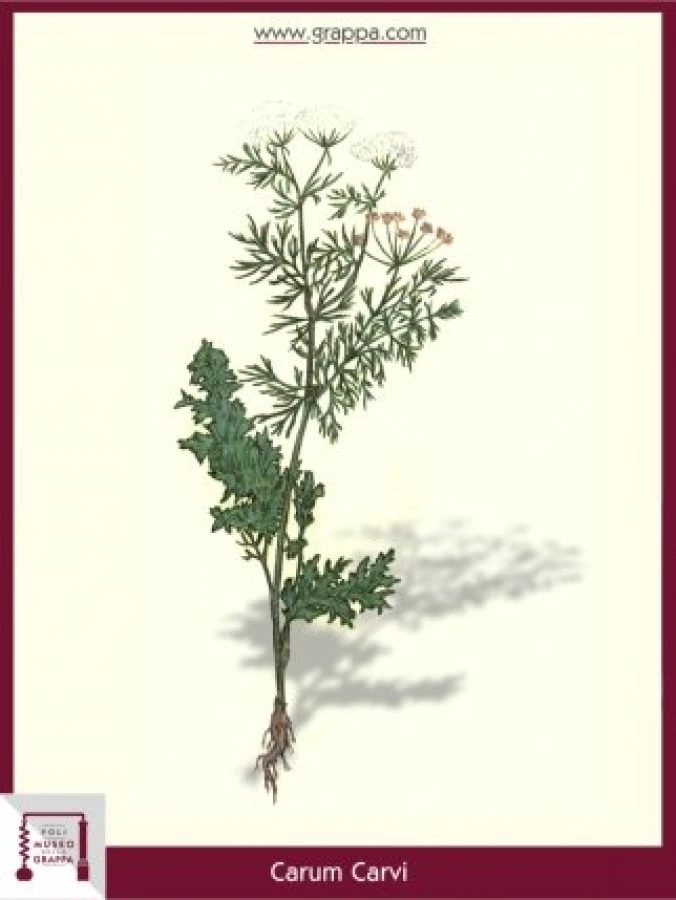How to do "kümmel"
Field Cumin
How to do "kümmel"
Plant:
Field Cumin
Plant Part:
seed
Plant Properties:
digestive, diuretic, stimulates gastric juice production, stimulating, stomachic expectorant, eupeptic, stimulates blood flow, febrifugal, cough-releasing, disinfectant
Description:
In the grazing lands in the mountains during the summer season it is easy to find whole meadows full of Umbelliferae plants, plants that in truth are not very showy but important from the medicinal and the food perspective.
Among these, well-known has always been the Cumin (Carum Carri L.), an herbaceous plant with very jagged and threadlike leaves, from flowers naturally with an umbrella appearance, white or pink, and fruits with aromatic flavours.
These features allow us to identify for certain the Cumin but above all not to be confused with the poisonous "minor hemlock" (Aethusa cynapium) whose leaves, not threadlike, give off, when rubbed, a vague smell of garlic. Already in the Middle Ages, the plant was known as the "Kümmel" and was used in medicine as a digestive and as a flavouring spice by cooking.
But that made it famous with the name of Kümmel were the Central European populations which have always seek the fruit of cumin to flavour breads, cheeses and cakes.
Even today, in Germany, with the essence of Kümmel it prepares a well-known liqueur precisely with the name of "Kümmel".
A good Grappa of cumin, if prepared with the necessary precautions, of course be as good as the famous Kümmel.
Ingredients:
- a handful of cumin seeds
- 1 litre of Grappa
Preparation:
It's important to collect the umbrellas when the fruits are fully ripe (when they take on a brown color), bring them together in bunches and leave to dry in an attic.
Just then rub slightly each bribe to free the "seeds" that are then macerated in Grappa.
A handful of "seeds" in a liter of Grappa is enough to get a good liquor pale yellow whose taste and fragrance vaguely reminiscent to anise.
Of course the maceration must last at least a month and maturing at least three; if we want a more lovable liquor, which remind us of the true Kümmel, just add during maceration some candy sugar spoon.


